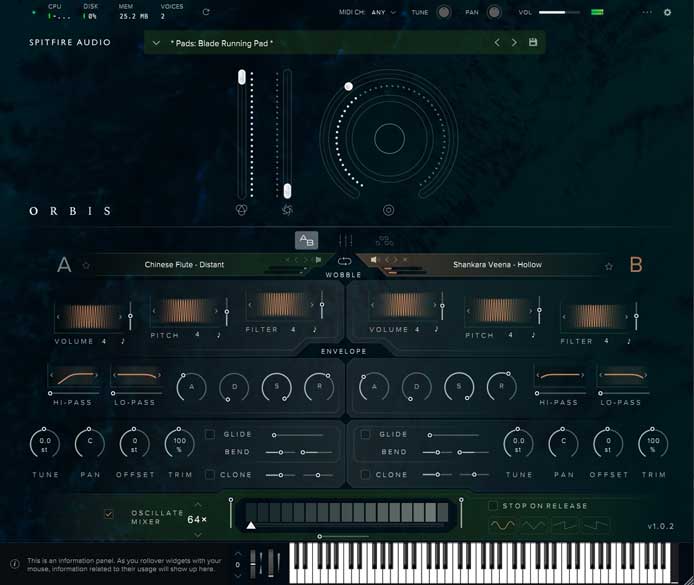Overview of the Topic:
Spitfire Audio is a renowned producer of high-quality cinematic virtual instruments, providing a comprehensive library that allows composers, producers, and sound designers to express their creativity and achieve authentic and captivating soundscapes. The Spitfire Audio Cinematic Virtual Instruments Library is designed for use in various genres, from dramatic orchestral scores to modern film and game soundtracks.
History:
Spitfire Audio was founded in 2007 by Christian Henson and Paul Thomson, both accomplished composers who aimed to create realistic-sounding sampled instruments through meticulous recordings with world-class musicians. Their primary focus was on orchestral samples but soon expanded into other instruments, genres, and collaborations with renowned artists such as Hans Zimmer, Ólafur Arnalds, and the London Contemporary Orchestra.
Applications:
The Spitfire Audio Cinematic Virtual Instruments Library can be used for various applications such as:
1. Film scoring: Composers looking for a versatile palette to create captivating scores for movies, TV shows, or documentaries will find the cinematic library invaluable.
2. Game soundtracks: The high-quality samples provide an immersive experience for game developers seeking authentic orchestral sounds.
3. Music production: Producers crafting music within different genres can use the library to add nuance and depth to their compositions.
4. Sound design: The instruments can also be used to create unique textures or ambient soundscapes for multimedia installations or theater productions.
Pros and Cons:
Pros:
1. High-quality samples: Spitfire Audio’s virtual instruments are meticulously recorded using top musicians in prestigious recording studios.
2. Versatility: The diverse range of instruments and articulations provides flexibility for various musical styles or creative projects.
3. Easy integration: The virtual instruments are compatible with all major digital audio workstations (DAWs), providing seamless integration into existing workflows.
4. Regular updates and expansions: Spitfire Audio continually expands its library and develops new products, providing a consistent supply of fresh and innovative content for users.
Cons:
1. Cost: The high-quality samples come at a price, making the Spitfire Audio Cinematic Virtual Instruments Library more expensive than some alternatives.
2. System requirements: The large sample libraries can be demanding on computer resources, requiring substantial storage space and memory.
3. Learning curve: Some users may require time to familiarize themselves with the interface and navigating the vast collection of sounds.
Future Outlook:
Spitfire Audio has consistently demonstrated its ability to evolve with the needs of contemporary composers and sound designers. With ongoing partnerships, collaborations, and technological advancements, one can expect continued growth and innovation within the cinematic virtual instruments industry. By staying abreast of industry trends and user requirements, Spitfire Audio will likely remain a leading player in the world of virtual instruments for film, TV, and game scoring.




